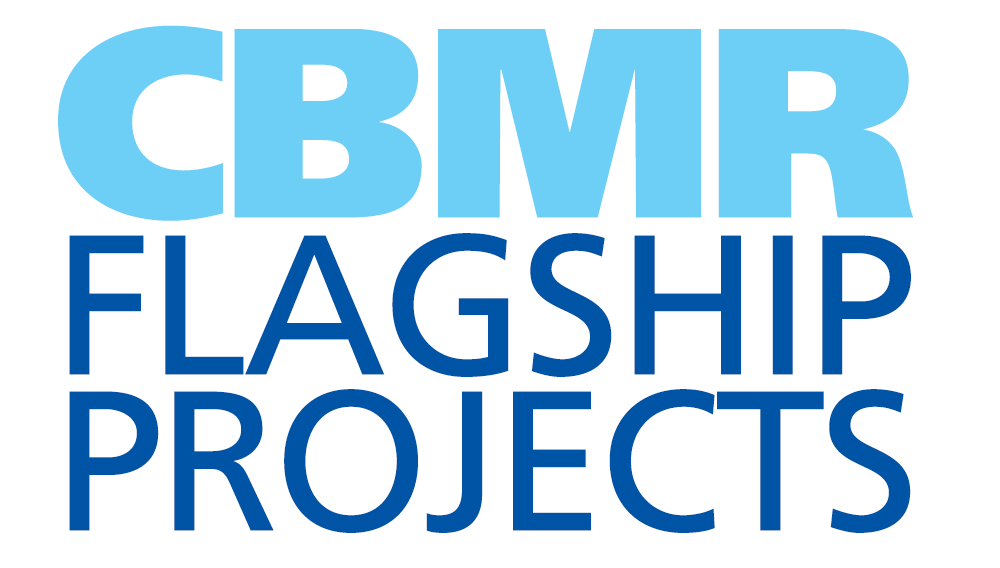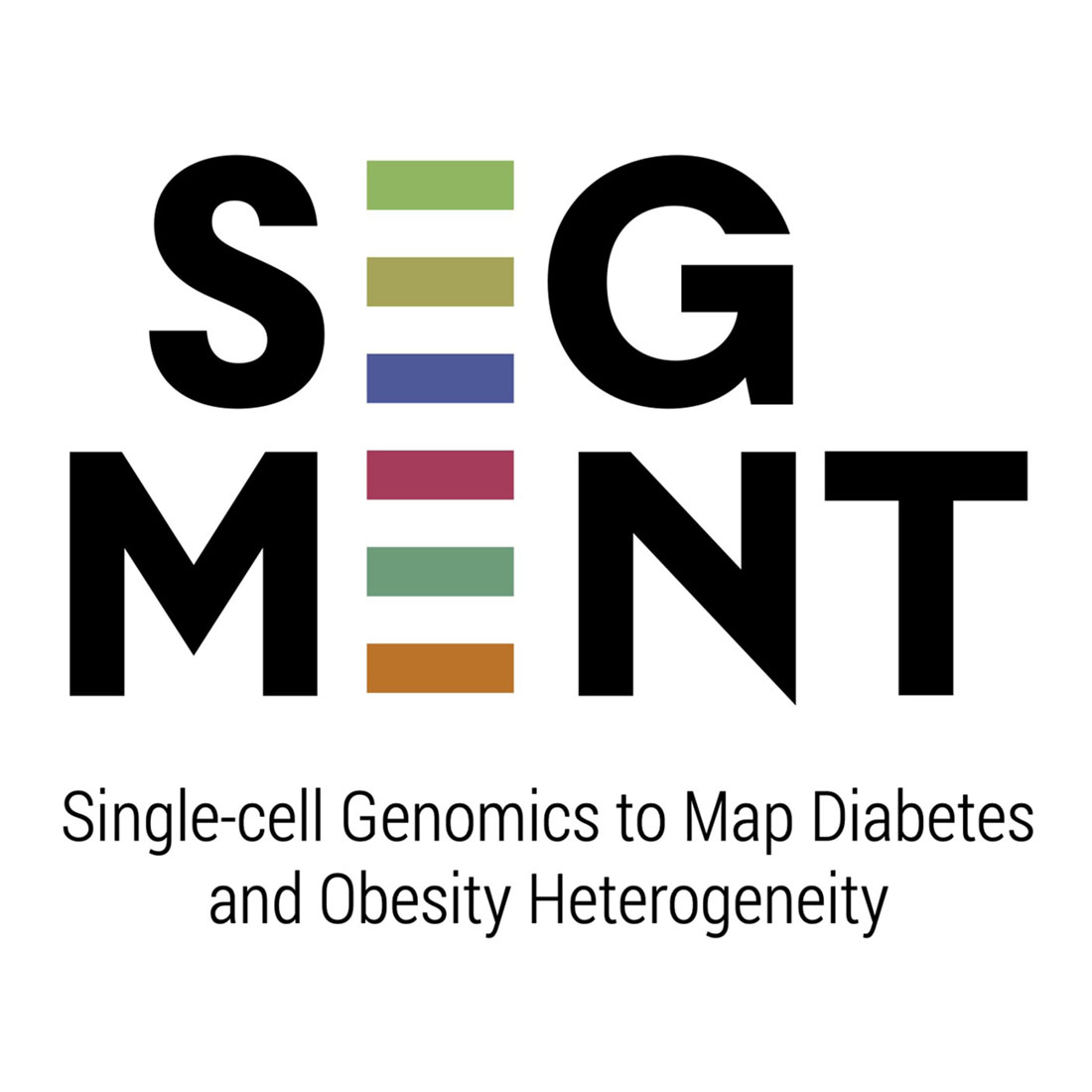SEGMENT – Single-cell Genomics to Map Diabetes and Obesity Heterogeneity
The overarching aim of the SEGMENT project is to combine human single-cell genomics data and large-scale genome-wide association data to generate cell-type- and tissue-partitioned gene risk scores to stratify the population into cell type specific disease risk and to gain novel biological insights.
Better subtyping of individuals with type 2 diabetes (T2D) and obesity is currently hindered by our incomplete understanding of the molecular processes driving metabolic disease etiology. Genetic association studies, in theory, provide a robust means to understand genes and biological pathways driven disease heterogeneity, however, insights into effector genes, cell types and biological pathways remain elusive.
If successful, SEGMENT will accelerate our understanding of phenotypic heterogeneity in metabolic disease, prioritize genes and biological pathways for follow-up experiments, allow for recall by risk genotype-based physiological studies, which in sum would pave the way for non-invasive subtyping of persons at cardiometabolic risk.
The SEGMENT study is a collaboration between multiple groups at the Novo Nordisk Foundation Center for Basic Metabolic Research. SEGMENT capitalizes on in-house extensive expertise and platforms related to single-cell genomics, large-scale tissue biobanks, metabolomics and proteomics and access to in-vitro and in-vivo functional studies.
Key collaborators and their main interest in relation to SEGMENT are:
- Associate professor Tune H. Pers – obesity, single-cell genomics and computational genomics
- Professor Torben Hansen – human genetics and clinical translation.
- Professor Romain Barrès – epigenetics
- Associate professor Niels Grarup – human genetics and insulin resistance
- Associate professor Tuomas Kilpeläinen – human genetics and obesity
- Associate professor Camilla Scheele – adipocyte biology
The SEGMENT goals will be addressed through four specific aims:
1. To map associated genetic variants to cell types.
To address this aim we will subject biobanked peripheral blood cells, muscle tissue, subcutaneous and visceral adipose tissue and intestinal tissue to combined single-nucleus transcriptomics and epigenomics analysis.
2. To map associated variants’ effect on molecular processes.
Based on insights from Aim 1, we will use metabolomics, proteomics, human tissue and mouse in vivo experiments to explore the effect of individual variants on selected molecular and metabolic pathways
3. Through cell type and tissue-specific polygenic risk scores to identify and characterize heterogeneity among diabetic and obese patients.
We will use both in-house deeply phenotyped cohorts as well as public available cohorts to resolve heterogeneity at the cellular level. Individuals with defined cell type genetic risk will be followed in various health and medical prescription registers.
4. To recruit individuals predicted to have cell type-specific-driven obesity and T2D etiologies and characterize their physiological response to relevant interventions.
Recruitment will be possible using genetic and phenotypic information from various cohorts (including obese children cohorts, population-based recruited Danish cohorts).
Publications related to SEGMENT:
Human pancreatic islet three-dimensional chromatin architecture provides insights into the genetics of type 2 diabetes. Miguel-Escalada et al., Nat Genet. 2019;51:113
Skeletal muscle enhancer interactions identify genes controlling whole-body metabolism. Williams K et al. Nat Commun. 2020;11:2695



